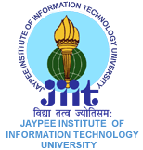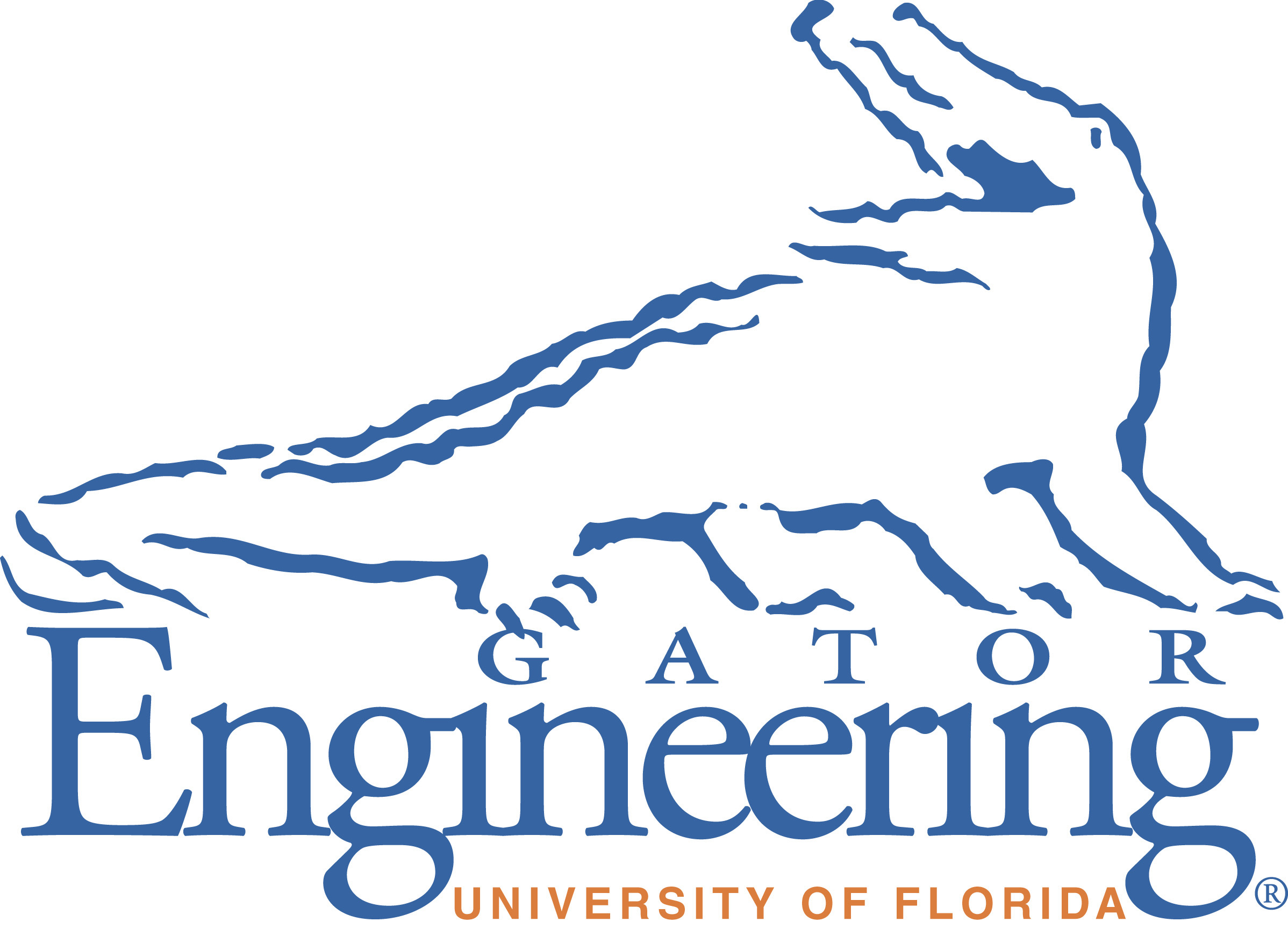
|
 | |
|
| ||
| Title of the Talk | : |
Dev 2.0: Web Paradigms for Enterprise Software | |
|
Speaker |
: |
Dr. Gautam Shroff Vice President & Head, TCS Innovation Labs - Delhi Tata Consultancy Services Dr. Shroff heads TCS’ Innovation Lab in Delhi, which conducts applied research in software architecture, natural language processing, multimedia and graphics. Additionally he is responsible for TCS’ Co-Innovation Network, which works with emerging technology companies to create and take to market solutions that have disruptive innovation potential. As a member of TCS’ Corporate Technology Board, he is also involved in the process of recommending directions to existing R&D efforts, spawning new R&D efforts, sponsoring external research, and proliferating the resulting technology and intellectual property across TCS’ businesses. Prior to joining TCS in 1998, Dr. Shroff had been on the faculty of the California Institute of Technology, Pasadena, USA, after which he joined the Department of Computer Science and Engineering at Indian Institute of Technology, Delhi, India. Dr. Shroff has a B.Tech degree in Electrical Engineering from the Indian Institute of Technology, Kanpur, India (1985), and a Ph.D. in Computer Science from Rensselaer Polytechnic Institute, NY, USA (1990). |
|
|
Abstract |
: |
Business agility as a term is often used to describe speed and efficiency, and is usually the driver for most investment in new IT development. Over the years enterprises have been able to make significant improvements in streamlining business operations and leveraging information systems to do so. This has now become almost ‘business as usual’ for IT, i.e. its very purpose has been to deliver business efficiency. However, over the past decade it is increasingly perceived that IT is just as often the bottleneck as well. Any business change today requires IT applications to be enhanced, which often takes time and holds up business changes. In today’s economic climate, cost is just as important also: Why do IT systems cost so much? Agile development methods have been proposed and explored as a possible way out of this trap. But is process change all that is needed, or is a technology revolution required as well? The term ‘Wed 2.0’ has been used to describe the transformation of the internet from a world of publishers and readers to one of collaborators where everyone is a creator of content. During this time we have also seen the success of some software as a service (SaaS) applications, such as Salesforce.com, to the extent that application development is itself available as a hosted service, blurring the line between users and developers, a trend we call Dev 2.0. As an example we describe TCS’ InstantApps platform, is a Dev 2.0 software development platform that combines model based architecture with software as a service and delivers it within the enterprise data centre to bring Dev 2.0 from the public internet into corporate IT. Even more recently, ‘cloud computing’ has come to describe infrastructure as an internet service, such as Amazon’s EC2, Google’s App Engine, and Microsoft’s Azure. The future will see a convergence of hosted Dev 2.0 platforms and cloud computing. What could the future enterprise IT environment look like, when it is a mix of traditional systems, internet services as well as ‘behind the firewall’ Dev 2.0 platforms running in internal enterprise clouds? We close by outlining some challenges for software engineering practice, education and research in the context of these technology trends. |
|
A-10, Sector 62, Noida-201307, Uttar Pradesh, India
Copyright © 2007 All Rights Reserved.
